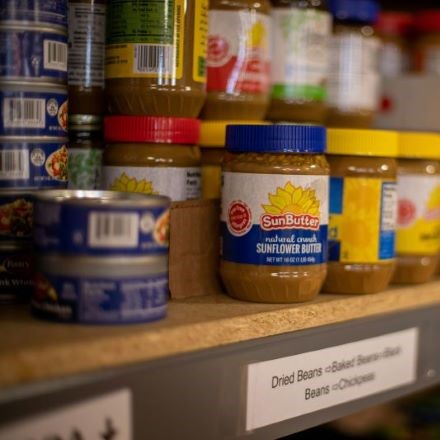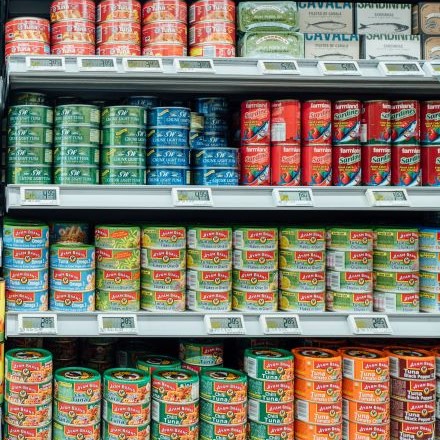Prenatal Nutrition | Healthy Kids | Menopause and Diet | Foodbank Donations | Athletes and RED-S | Diabetes and Sickness | Grow Sprouts | Sprout Sandwich | Ceviche
Foods to Donate to Foodbanks
with the Biggest Nutrition Bang for the Buck
Studies have found that high consumption of ultra-processed foods negatively impacts health and wellness.
Most of our kitchens contain some processed foods. They can be real-time savers, and some are fortified with essential nutrients that may not otherwise be obtained in a busy household or for someone on a limited food budget.
That’s why it’s helpful to differentiate between the various degrees of food processing. The NOVA framework from Europe breaks processed foods into four categories.
The FDA has not yet adopted NOVA. The four categories are:
- Minimally processed foods. Minimally processed foods have been slightly altered for the purpose of preservation. But they have not substantially changed. The nutritional content of the food remains intact. This level of processing lets us store food longer, extending how long it's safe to eat. Examples include fresh fruits and vegetables, whole grains, nuts, meats, and milk.
- Processed culinary ingredients. Processed culinary ingredients are derived from minimally processed food by pressing, refining, grinding, or milling. They are typically not eaten alone but used to prepare minimally processed foods. Examples include oils from plants, seeds, and nuts. Flour and pasta formed from whole grains are also processed culinary ingredients.
- Processed foods. Foods from either of the two previous groups that have added salt, sugar, or fats. Canned fruits and vegetables, cheeses, freshly made bread, and canned fish are examples. These foods usually are made from at least 2-3 ingredients and can be readily eaten without further preparation.
- Ultra-processed foods. Ultra-processed foods are also commonly referred to as highly processed foods. Processing includes adding salt, sweeteners, and fat. It also includes adding artificial colors, artificial flavors, and preservatives that promote shelf stability, preserve texture, and increase palatability. Nutrients lost during processing, may be added back in, such as B vitamins and iron.
Download a factsheet with suggestions on Foods to Donate to Foodbanks.




